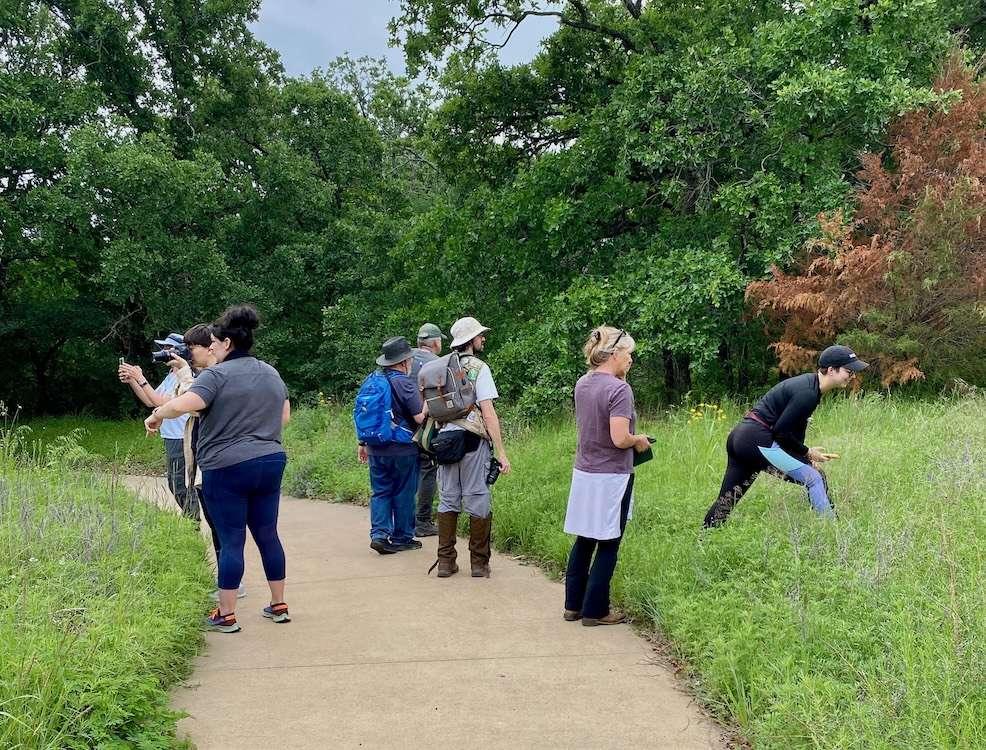
Lots of us love nature but are not trained scientists. When we collect and share information with scientists, it’s called “community science.” Apps like iNaturalist are easy to learn, fun to use, and provide crucial information about which species are being seen, when, and in which places.
There is so much to study and understand in nature, and researchers need lots of observations of plants, animals, and the places where they live. Without observations, a species could be slipping toward extinction and we wouldn’t know it, or we would not know anything about why it is happening. All of us can help provide the observations that contribute to the understanding of nature. We can use iNaturalist, eBird, or other organizations and apps.
Nature Apps
There are a variety of apps that help us observe and understand nature better. The one we use most often is iNaturalist (see below). For some of the others, including some you’ll love, see our page for “Nature Apps.”
iNaturalist
Connect with Nature! One of the world’s most popular nature apps, iNaturalist helps you identify the plants and animals around you while generating data for science and conservation. Get connected with a community of millions of scientists and naturalists who can help you learn more about nature! What’s more, by recording and sharing your observations, you’ll create research-quality data for scientists working to better understand and protect nature. Here’s what’s iNaturalist community scientists have seen at SCNP. Find out more about iNaturalist at inaturalist.org.
There are “projects” within iNaturalist, in which observations are grouped by such things as places or kinds of organisms (for example, people share their sightings of grasshoppers, beetles, and other insects within the “Insects of Texas” project). Sheri Capehart Nature Preserve has a project, and you can look at the observations below. If on a visit to the preserve you see a Glen Rose yucca and use iNaturalist to submit a photo to the project, anyone can look through the project and learn about the plants of the preserve. Same goes for all the other plants, animals, lichens, and so on that you can find there.
There is a website for iNaturalist with lots of features, and a phone app with the features you most need when making observations in the field. Just getting started? Look at iNaturalist’s “Getting Started” page here for lots of helpful information.
